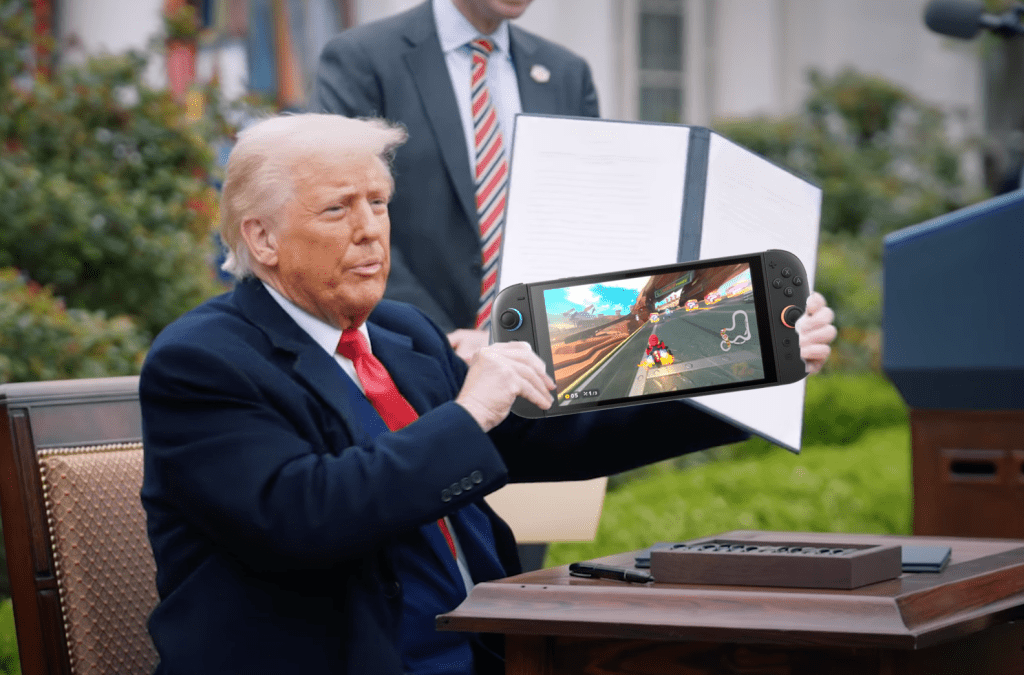Nintendo Shifts Production Amid Trade Tariffs
According to a recent Financial Times report, Nintendo has moved half of its production for the anticipated Switch 2 to Cambodia and Vietnam, partly to mitigate the effects of Donald Trump’s trade conflict with China. On Wednesday morning, Nintendo officially launched the Switch 2, priced at $449, which is $150 higher than the original Switch. Shortly thereafter, Trump declared broad tariffs on imports, imposing especially high rates on goods from China, Vietnam, and Cambodia.
The consequences of Trump’s unilateral trade measures are expected to be far-reaching and damaging, going well beyond the rising costs of an already premium game console. The U.S. stock market has already experienced a significant downturn. The timing of the Switch 2 release underscores how disruptive these tariffs can be, revealing the interconnectedness of the global economy and illustrating the complexities of relocating manufacturing to the U.S. without inflicting considerable harm. Gamers are understandably upset, and renowned economists agree that their frustrations are valid.
Gene Grossman, a leading global trade authority and Princeton professor who received the Onassis Prize in International Trade, criticized the tariff announcement as “astonishing for its stupidity” and likened the situation to a joke. He noted the uncertainty surrounding the tariffs, describing the overall environment as a “sea of idiocy.”
Reports indicate that the administration set tariff levels based on a simplistic formula involving each country’s trade deficit with the U.S., resulting in new tariffs of 46% for goods made in Vietnam and 49% for those made in Cambodia. This unexpected rise in tariffs could compel Nintendo to raise prices further if consumers show a strong desire for the Switch 2.
Kimberly Clausing, a tax law and policy professor at UCLA, emphasized that the announced tariffs would indeed elevate prices beyond existing levels, pointing out that Nintendo has alternative markets where it can sell its products without tariffs, thus diminishing the incentive to keep prices competitively low in the U.S. Similarly, Felix Tintelnot from Duke University warned that companies face significant costs when adjusting previously announced prices, suggesting that complementary products, rather than the Switch 2’s price itself, may see increases.
Jason Cherubini, a finance executive at Loyola University Maryland, speculated that Nintendo might have anticipated some level of tariffs when determining their pricing strategy. He pointed out that video game companies often price consoles at a loss, recouping profits through game sales. Cherubini posited that Nintendo is more focused on driving console sales to enhance their game sales, making it less likely for prices to fluctuate significantly.
While the future pricing of the Switch 2 remains uncertain, it’s clear that price increases are likely for a wide range of products, according to Grossman. The tariffs, intended to encourage domestic manufacturing, face numerous challenges, including labor costs and the logistics of establishing complex supply chains. Daniel Ahmad, a video game market analyst, highlighted the extensive investment required to establish U.S.-based manufacturing, projecting that it would take years to set up while being costly, culminating in higher prices for consumers.



